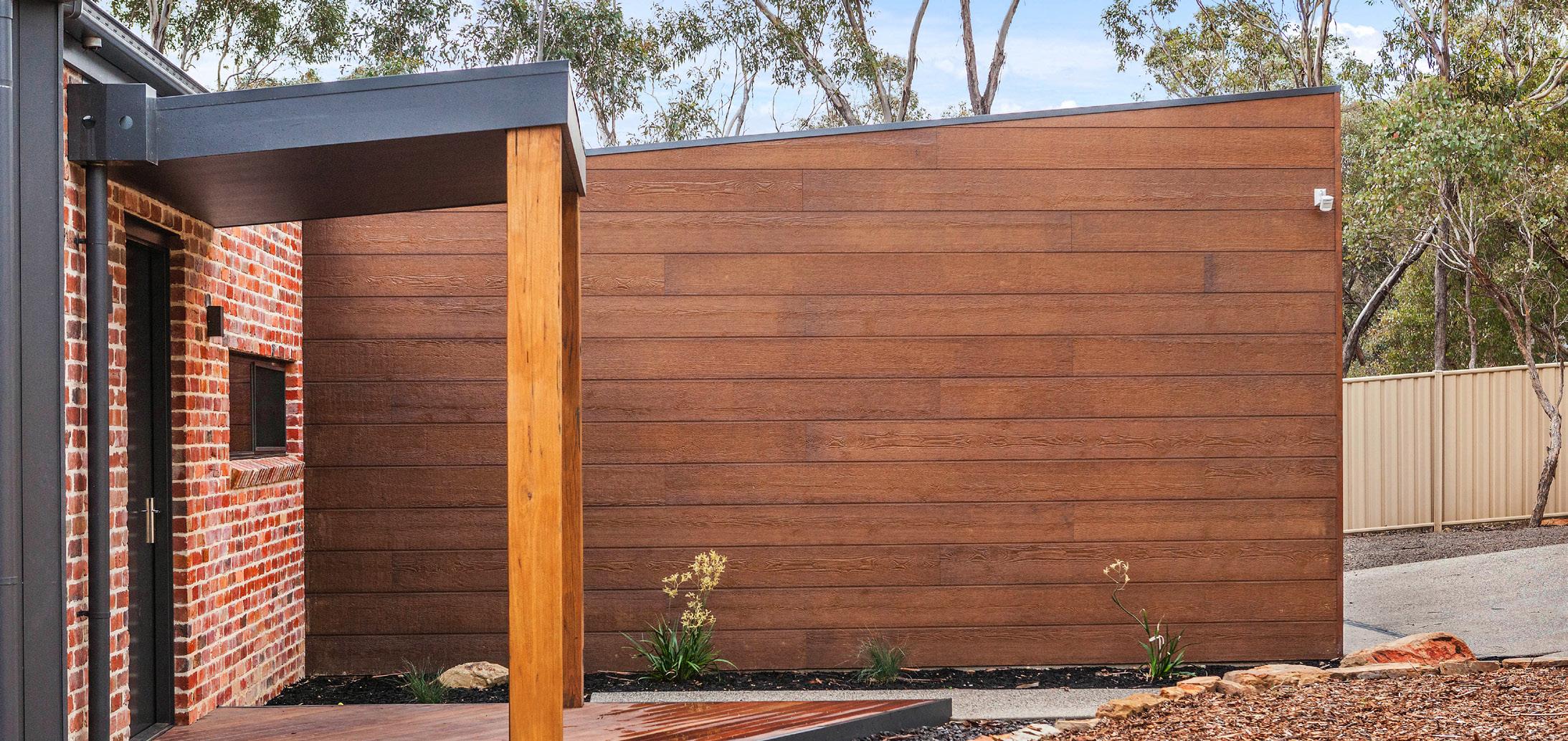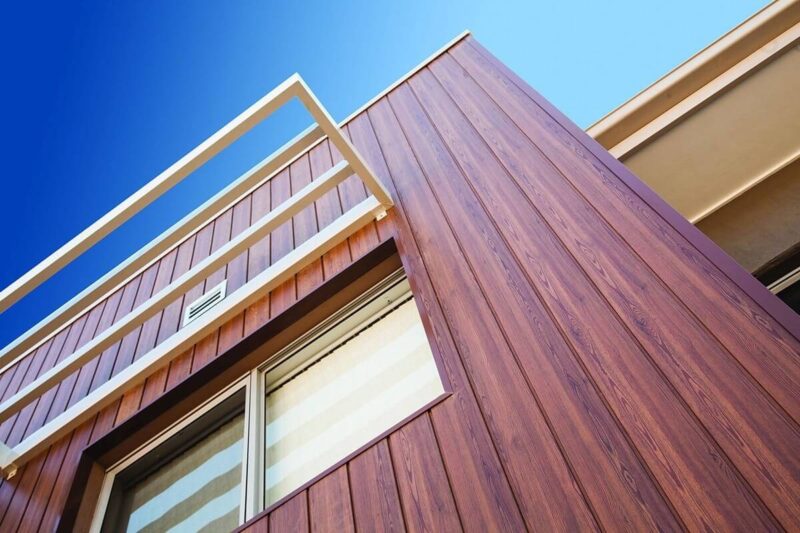Fire resistant timber coatings help designers use wood confidently in buildings that must meet the National Construction Code. Timber is renewable and attractive, but it needs extra protection in many classes of buildings to slow ignition, reduce flame spread, and maintain structural capacity long enough for safe evacuation.
These coatings do not turn wood into a non combustible material, but they can raise performance to specific NCC targets when correctly specified and installed. The key is understanding coating types, where they are permitted, and what evidence is required for compliance.
What NCC expects from fire resistant timber coatings

The NCC focuses on life safety and property protection through performance requirements. For timber surfaces, the main concerns are how quickly a surface ignites, how fast flames travel, and how much heat and smoke the material produces.
To show compliance, coatings are tested on the exact timber species, profile, and installation method used in the project. Results are then classified under systems such as Group Numbers for internal linings or Bushfire Attack Level ratings for external exposure.
Another common goal is achieving a fire hazard property level that allows timber to be used on walls or ceilings where untreated wood would not pass. Early coordination between architect, builder, and fire engineer is critical, because a coating that passes on one substrate may not pass on another.
If you are comparing products or need support compiling test evidence and specifications, find more on Fireshield services to see how specialist suppliers usually document compliance pathways.
Main coating types and how they work

Intumescent coatings expand when exposed to heat, forming a thick char layer that insulates the timber and slows temperature rise. These are often used where structural timber needs to maintain load bearing capacity for a defined fire resistance period.
Fire retardant clear or pigmented coatings are designed mainly for surface spread of flame control. They contain additives that reduce combustion energy and limit flame travel, making them suitable for decorative internal linings.
Some systems combine a primer, fire layer, and top coat. The fire layer provides the rating, while top coats add durability or UV resistance, so this approach is common for exposed feature timber.
Choice depends on location, desired rating, and durability needs. Interiors may accept different systems than exterior cladding or wet areas, where moisture and cleaning chemicals can degrade coatings faster.
Specifying, applying, and maintaining coatings correctly

Even a high performing coating can fail compliance if the on site application does not match the tested system. Specification should state timber type, surface preparation, primer compatibility, number of coats, and required dry film thickness.
Builders need to treat thickness as a performance variable, not a cosmetic preference. Too thin and the coating may not meet the tested classification, too thick and it can crack or dry unevenly.
Quality control should include batch numbers, application logs, and spot checks of film thickness. Many projects also require installer training from the manufacturer so that workmanship aligns with laboratory conditions.
Long term compliance is also about maintenance. Coatings can be scratched, sanded, or over painted during fit out or later refurbishments, which changes fire performance.
Owners should keep records of the approved system and follow guidance for touch ups and re coating intervals.
Conclusion
Fire resistant timber coatings provide a practical bridge between modern timber architecture and NCC safety targets. With the right tested system, careful specification, and disciplined application and maintenance, timber can remain both a design feature and a safe material choice in regulated buildings.

